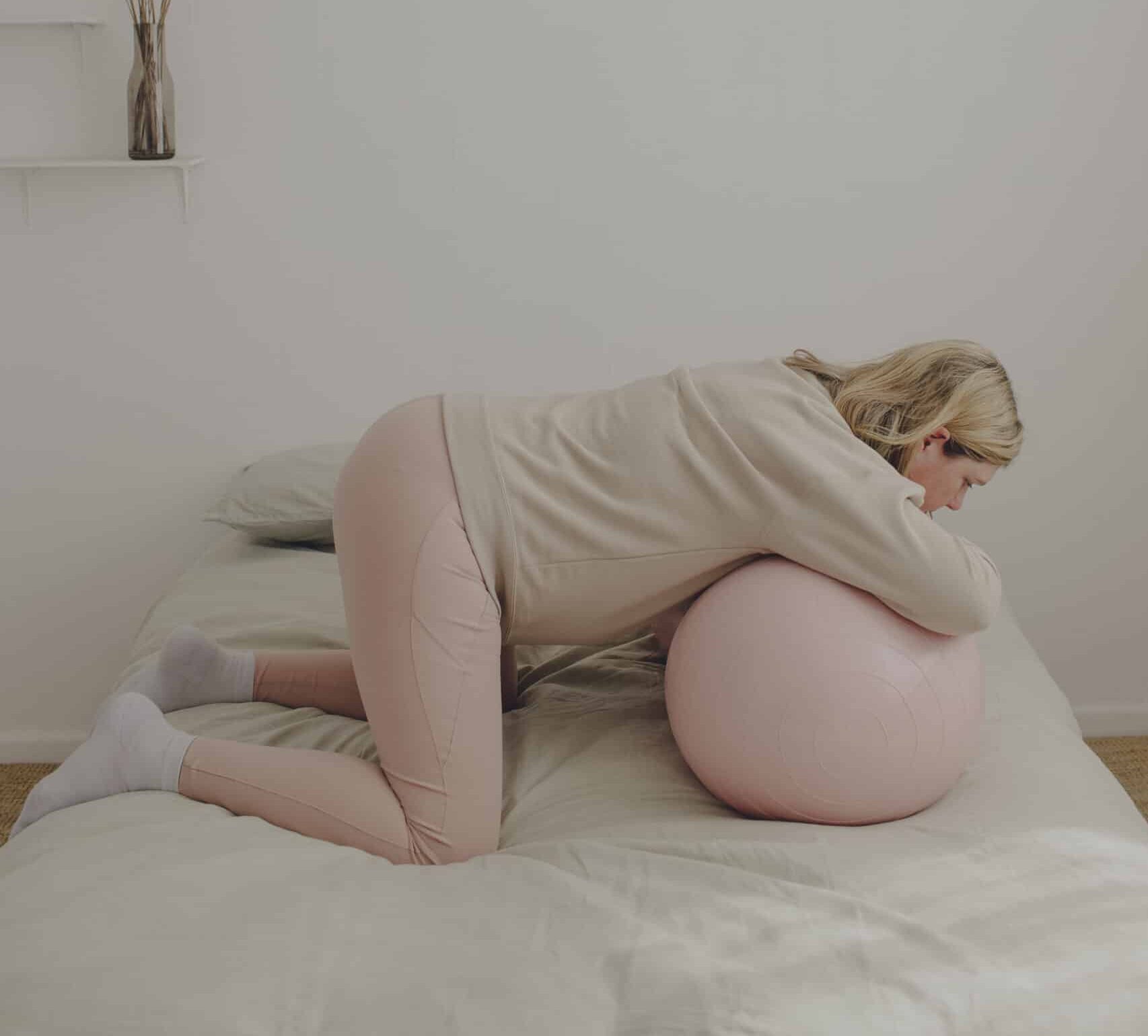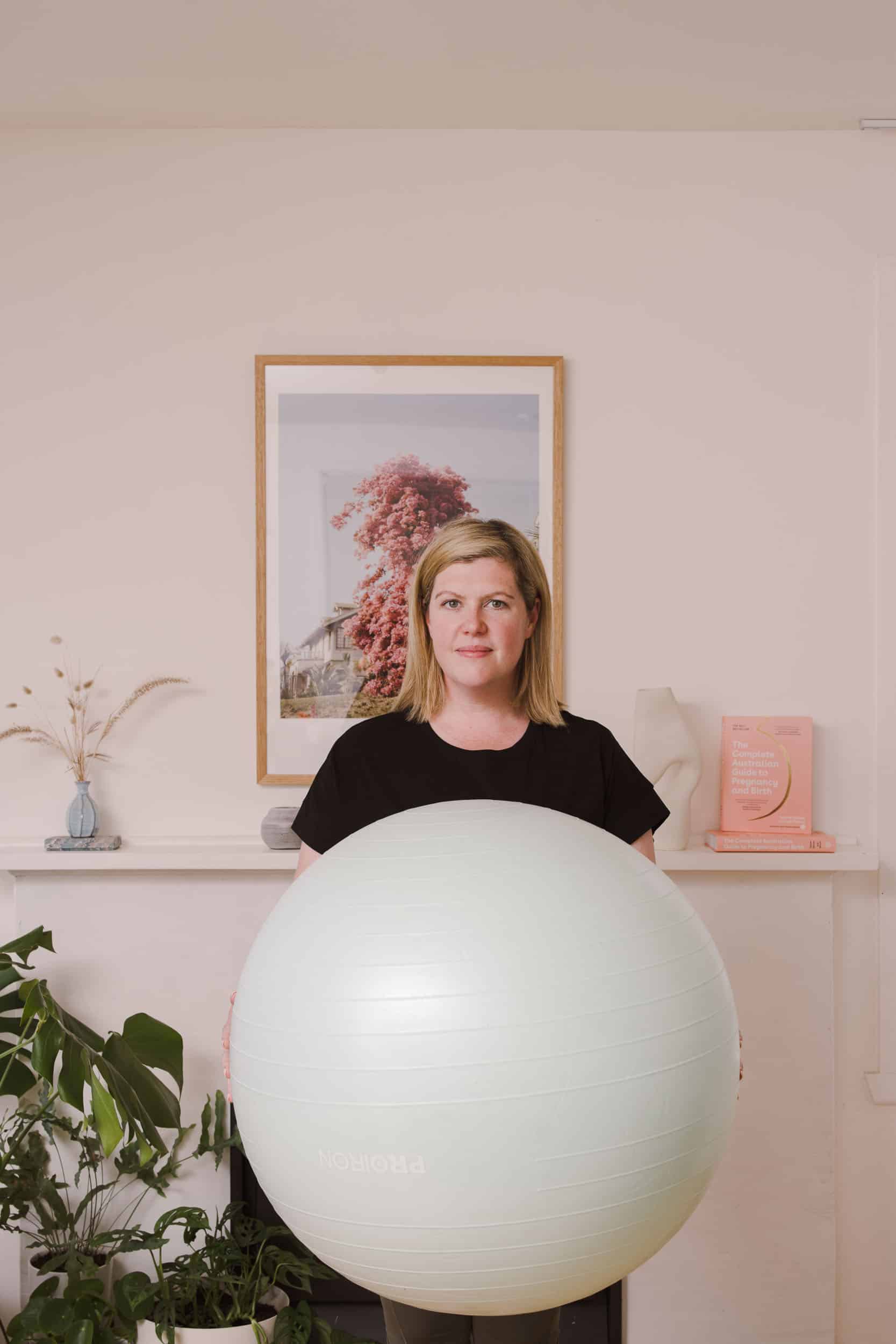Birth How to Prepare for a Positive Induction
How to Prepare for a Positive Induction

An induction can be overwhelming but there are some practical things you can do to prepare for a positive experience.
If you want to better understand the induction process, including the reasons why your care provider may recommend one, this post has all the details.
Induction is often only suggested towards the end of pregnancy, hence the sudden change of plans can take time for you to process. If you are preparing for an induction and overwhelmed by the change of plans, please know that a positive induction is possible; it’s all about shifting your mindset and working with the induction process. Yes, you will be monitored more closely and you may be restricted with your movement and your ability to use water as a pain relief option, but you can still make informed choices that are best for you.
Research shows that a positive birth experience is dependent on two things:
Your ability to make informed choices.
Your care provider respecting and supporting your choices.
Here’s three ways to turn your induction into a positive labour and birth experience:
1. Embrace the induction process.
If you resist, this resistance will manifest physically and you’ll be more likely to feel stressed and be tense. Working WITH instead of AGAINST the induction is a really practical step towards a positive induction. Remember that you can’t DO labour, you just need to BE in it.
Go with the flow of the induction by:
– staying present (I am here, now)
– focussing on your breath (I’m breathing in, I’m breathing out)
– accepting (and welcoming) each contraction (each contraction is bringing my baby closer)
2. Chat to your care provider about your options.
You still have options during the induction process; you can choose to space out the time between the cervical gel, the breaking of your waters and the syntocinon drip. And during that time?
move your body. Go for a walk and go up and down stairs and if you can, walk outside
talk to your baby. Tell your baby that you’re working together
sink into the comforting things that prompt the natural flow of oxytocin. Watch a funny movie, cuddle your partner, kiss, dance to your favourite music.
be in a dark space to encourage the release of melatonin (which works in tandem with oxytocin to prompt contractions). Keep the lights dim!
use your breath and sound to keep yourself grounded (deep inhalations followed by long, slow exhalations and gentle sighs). The vibration of sound also helps to soothe your nervous system.
3. Understand how pain relief can assist you.
Making informed choices about pain relief and the way it can assist your labour is empowering. The basis of informed choices is education – make sure you understand the risks and benefits of gas + air and epidural before you choose them.
Five Positive Induction Stories
#1 Hilary – episode 267 – listen HERE
In this episode Hilary details her second birth where she went to 42 weeks (and was advanced maternal age). She opted for an induction and had her waters broken but managed to avoid the syntocinon drip.
#2 Meg – episode 376 – listen HERE
Two positive inductions in one episode, consider Meg’s birth stories a must-listen if you want to make informed choices for your induction.
#3 Claire – episode 324 – listen HERE
Claire details her first birth experience which included a really positive induction. She was intent on staying active and working with her body to bring her baby into the world.
#4 Elise – episode 208 – listen HERE
Elise’s baby was diagnosed with Intrauterine Growth Restriction (IUGR) so she was induced. She had an incredibly positive labour and birth experience and details all the intimate details in this episode.
#5 Avril – episode 330 – listen HERE
In her second birth Avril advocated for what she wanted; a slow release syntocinon drip and a light epidural so she had more awareness and control while birthing.
Categories
Related Products
-
Birth Meditations
$49.00Narrated by Sophie Walker, these soothing and informative meditations help you feel supported and confident around birth.
Get your copy of our Perineal Massage Guide in your inbox
Keep Reading
We think you might enjoy these articles
@AustralianBirthStories
Follow along with us
@AustralianBirthStories
Follow along with us
@AustralianBirthStories
Follow along with us
@AustralianBirthStories
Follow along with us
@AustralianBirthStories
Follow along with us
@AustralianBirthStories
Follow along with us
@AustralianBirthStories
Follow along with us
@AustralianBirthStories
Follow along with us
@AustralianBirthStories
Follow along with us
@AustralianBirthStories
Follow along with us
@AustralianBirthStories
Follow along with us
@AustralianBirthStories
Follow along with us








